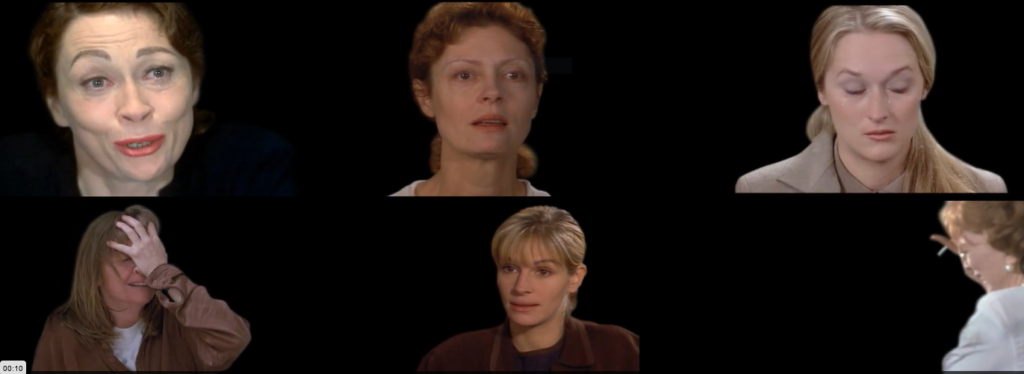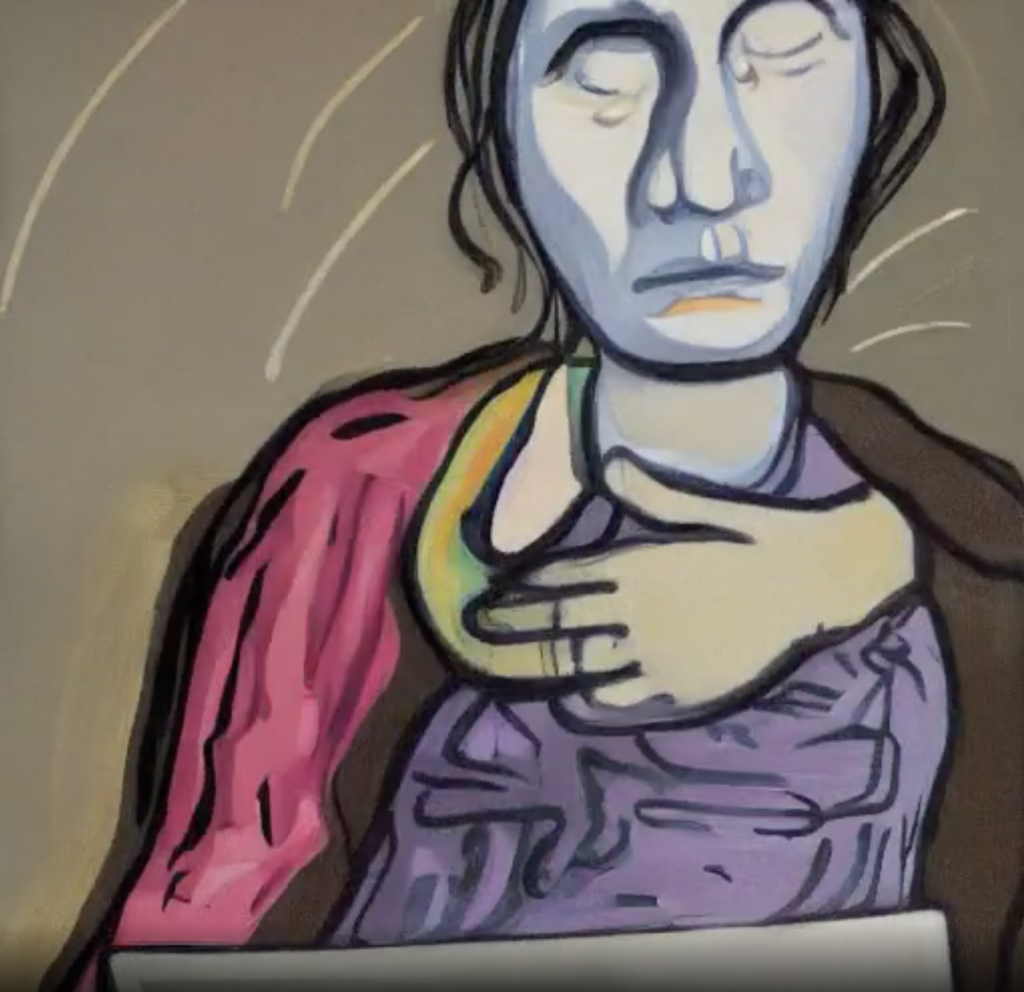Motherhood is a time of heightened emotions, full of joys and pressures. Crying abounds from both the mother and the child beginning with that collective first cry – ‘I just gave birth’ + ‘I just entered the world’. A mothers body and brain change in preparation to be receptive to her baby’s cries, which the baby uses to communicate its needs.
There are also many triggers for crying for the mother. Expectations, judgements and insecurities are a part of the experience of motherhood and act as crying triggers amidst the roller-coaster of hormonal and bodily changes.
- My body is out of my control crying.
- My hormones are taking control crying.
- I am full of self doubt crying.
- It hurts, crying.
- I am not enough, self doubt crying.
- Crying as communication.
- Hungry crying.
- Exhausted crying.
- Happy crying.
- My life has been turned upside down crying.
- I don’t know what I am doing crying.
- That movie was mildly touching crying.
- That collective first cry – I just gave birth crying + I just entered the world crying.
Hormonal, physical and neurological responses.

MER – milk ejection reflex is a reaction in a breast feeding mothers body to her babies cry. On hearing a baby cry oxytocin and prolactin – the two main hormones involved in milk production – are produced. Oxytocin is produced more quickly and is responsible for contracting the cells around the alveoli (where the milk is stored) causing existing milk to be pushed out. This can happen when your own baby cries or for some women when any baby cries.
Study ‘Neurobiology of culturally common maternal responses to infant cry’ shows that there are common behavioural responses among mothers to crying children and that these responses are aligned with the areas activated in the brain. They also show that these brain activations are stronger in mothers than in non-mothers and that mothers brains are very quickly adapting to their infant’s forms of communication.
Another study showed significant shrinkage of grey matter in the brains of mothers, again showing a neurological development through pregnancy and motherhood and clear difference between mothers and non-mothers. This was likely related to a streamlining process making the brain more efficient in areas around reading the emotions and desires of others, however the exact purpose was unclear to researchers.
EXPECTATIONS + INSECURITIES
The studies above are interesting to point out some of the neurological and hormonal mechanism for a mother to connect with her child. However they don’t explain all the ways that a woman is changed through pregnancy, the process of motherhood and the effects of social pressures relating to her new role as ‘mother’ and all that that entails. The two examples of artistic works below are useful to expand on the insecurities and expectations of motherhood.

MOTHER, 2005 – CANDICE BREITZ
This 6 channel video installation by Candice Breitz, edits together snippets of famous actors playing the role of mothers. Interestingly the work begins with crying. The work is highly performative, here Breitz reiterates cliched ideas of motherhood by cutting, repeating and overlaying scenes from the six films. But the work also hits on some of the key insecurities, fears (“I’m scared) guilt (“I never wanted to be a mum”) and loss of self (“I always felt like somebodies wife or mother or daughter) felt by mothers.


MOTHER MACHINES 2022 – COMPUTATIONAL MAMA
In her series of videos ‘Mother Machines’, Computational Mama experiments with AI image generators, pushing the algorithms to depict more realistic images of motherhood – the tired, stressed, multi-tasking and sometimes crying mum, the reality of being a freelance, artistic mother and move away from clichéd images of motherly perfection.